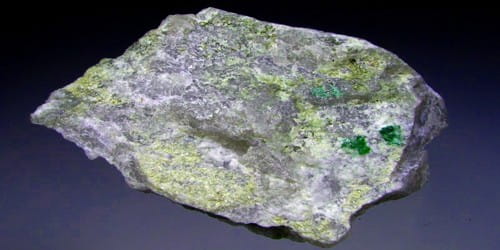Algaculture is a type of aquaculture that involves the cultivation of algae. It is also known as algae farming or algal culture, and it is the process of growing and harvesting algae for various reasons. Algae are basic photosynthetic creatures that can vary in size from microscopic phytoplankton to huge seaweeds. It has received attention for its potential applications in a variety of fields, including food, biofuels, wastewater treatment, and pharmaceuticals.
The majority of algae that are intentionally cultivated fall into the category of microalgae (also referred to as phytoplankton, microphytes, or planktonic algae). Macroalgae, commonly known as seaweed, also have many commercial and industrial uses, but due to their size and the specific requirements of the environment in which they need to grow, they do not lend themselves as readily to cultivation (this may change, however, with the advent of newer seaweed cultivators, which are basically algae scrubbers using upflowing air bubbles in small containers).
Here are some key aspects of algaculture:
- Biofuels Production: Certain species of algae contain lipids that can be turned into biofuels such as biodiesel. Algae-based biofuels are seen as a renewable and sustainable alternative to traditional fossil fuels.
- Food Source: Some algae are edible and nutrient-dense. Microalgae, including spirulina and chlorella, are utilized as nutritional supplements and food additives due to their high protein, vitamin, and mineral content.
- Wastewater Treatment: Algae are good at treating wastewater by absorbing nutrients such as nitrogen and phosphorus. This approach, known as phytoremediation, purifies water and can be utilized in conjunction with conventional wastewater treatment methods.
- Carbon Capture: Algae play a role in carbon sequestration as they absorb carbon dioxide during photosynthesis. This characteristic has led to research on using algae to capture and store carbon emissions from industrial processes.
- Pharmaceuticals: Algae produce various bioactive compounds that have potential pharmaceutical applications. Researchers are exploring algae for the production of antibiotics, antiviral agents, and other medicinal compounds.
- Aquaculture: Algae are a natural part of aquatic ecosystems and are often used in aquaculture as a feed source for fish and other aquatic organisms. They provide essential nutrients and contribute to the overall health of the aquatic environment.
- Bioplastics: Some algae can be used to produce bioplastics, which are considered more environmentally friendly alternatives to traditional petroleum-based plastics.
Commercial and industrial algae cultivation has a wide range of applications, including the production of nutraceuticals such as omega-3 fatty acids (as algal oil) or natural food colorants and dyes, food, fertilizers, bioplastics, chemical feedstock (raw material), protein-rich animal/aquaculture feed, pharmaceuticals, and algal fuel. It can also be used to control pollution and sequester carbon naturally.
Algaculture can be carried out in a variety of systems, including open ponds, closed photobioreactors, and raceway pools. The culture system used is determined by the specific goals and requirements of algal production. Algaculture research and development are still looking for ways to improve cultivation processes, increase efficiency, and find new uses for algae-based goods.
















